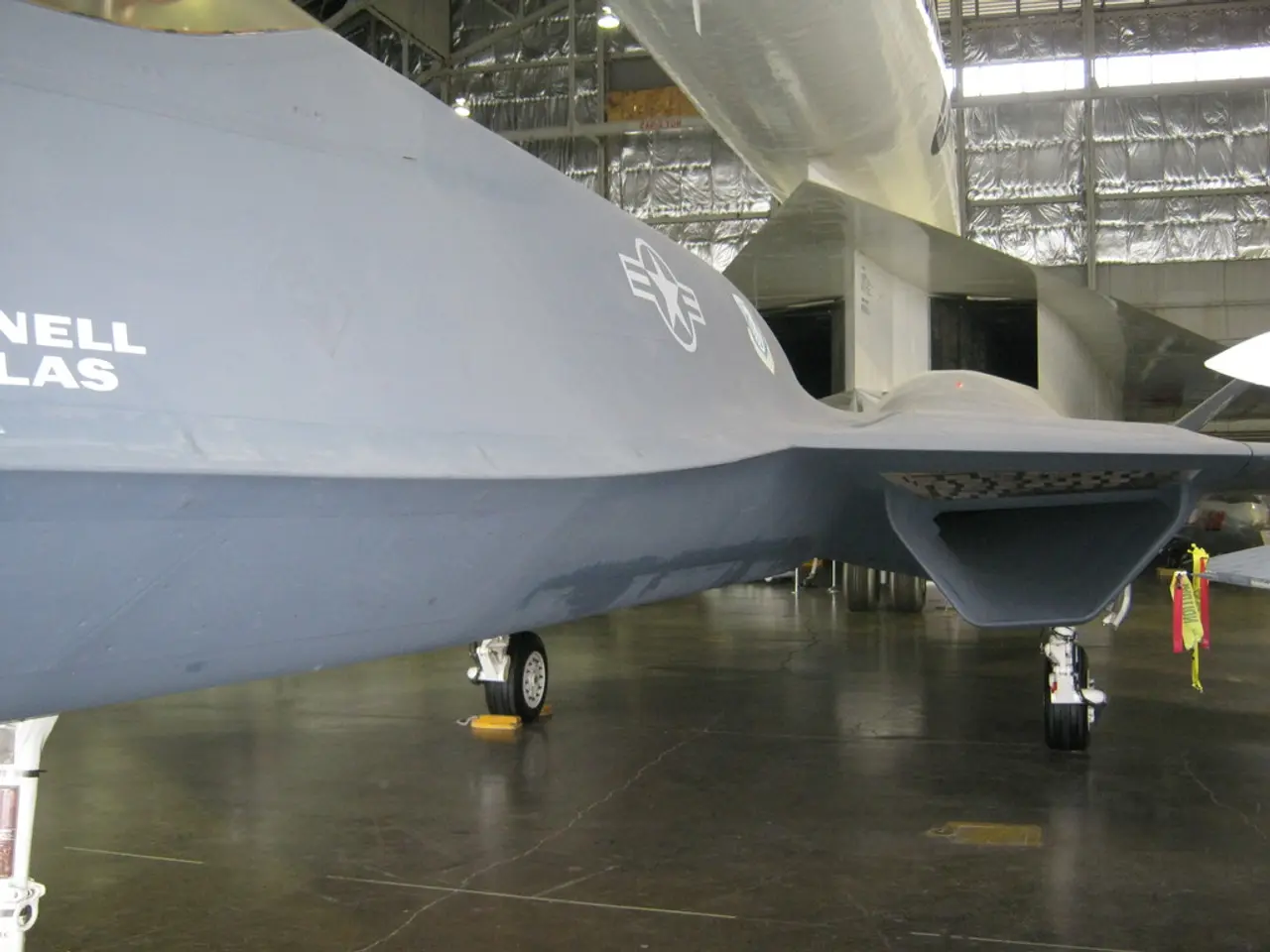Tips from flight attendants on how to snooze during travel, including tricks on deciphering plane codes and finding ideal seating positions
Former flight attendants Paula S. Adams and Aura Elena Martinez share valuable tips for achieving quality sleep during long-haul flights and stays in unfamiliar accommodations.
Before embarking on your journey, consider adjusting your sleep schedule gradually to align with the direction of your flight. For westbound flights, try going to bed later in the days leading up to your departure, and for eastbound flights, aim to sleep earlier. This simple adjustment can help your body clock adapt.
Limit screen time at least an hour before trying to sleep on the plane to reduce stimulation and help prepare your mind for rest. Creating a bedtime routine before flying can also help signal your brain that it’s time to sleep, reducing anxiety.
Preparing for in-flight naps is crucial. Being mentally and physically ready increases the chances of undisturbed sleep during flights. Techniques to calm nighttime anxiety, such as journaling, practicing "anchoring" (reminding yourself you are safe and able to rest), and doing short guided meditations or deep breathing exercises, can promote relaxation.
Well before boarding, pack your sleep essentials, including an eye mask, noise-cancelling headphones or earplugs, a blanket, a scarf or sweater, a pillow, and a footrest. A sleep kit containing these travel-friendly items can help create a cocoon-like sleep environment on a plane.
Choosing a window seat on a plane is recommended for sleeping, as it allows for leaning and control of the window shade. If a window seat is not available, bringing a pillow or soft item for either side of the neck can help improve comfort. Using the tray table pillow trick, stacking a pillow and scarf or sweater on the tray table and leaning forward with your head resting sideways, can also help improve sleep on a plane.
Sleeping when it's night in your destination, especially if crossing time zones, can help adjust to the new time zone and improve sleep. Eating light, easily digestible meals and staying hydrated, but not chugging water right before trying to sleep, can also contribute to a good night's rest on a plane.
Low doses of melatonin supplements can help with sleep after red-eye flights, but should be trialed before use and always consult a doctor before taking any medication. Compression socks are recommended for crew members for circulation and comfort during flights.
Upon landing, exposure to natural light can help reset the circadian rhythm. Wearing an eye mask, a blanket, and having the tray table up can signal to the crew to leave you alone and not disturb you while sleeping. Avoiding alcohol and caffeine before and during the flight can help improve sleep, as can slowing down sips to avoid nocturia (waking from sleep once or more to urinate).
Dry cabin air can cause skin dryness and itchiness, so lotion should be applied before and during long-haul flights. Lavender roll-on essential oil can be used for sleep-inducing aromatherapy. Sleep and eat according to local time to help adjust to the new time zone.
Former flight attendant Paula S. Adams, with over 10 years of flying experience, is a Freelance Corporate Flight Attendant for VIPs. Aura E. Martinez, who has traveled all across the globe, is a life coach and author of self-help books. Both recommend using the Cabeau Evolution S3 Travel Pillow for neck support during flights.
By following these expert tips, you can better prepare your body and mind for sleep well before and during travel, helping counteract the unique challenges of sleeping in planes or unfamiliar accommodations.
[1] Source: Healthline, "15 Sleep Tips for Long-Haul Flights" (https://www.healthline.com/health/sleep-apnea/long-haul-flight-sleep-tips)
In the realm of health-and-wellness, science suggests scheduling sleep gradually before long-haul flights to align with the flight's direction. For example, if traveling westbound, one should go to bed later in the days leading up to the departure, and vice versa for eastbound flights.
Preparing a sleep kit, containing essentials like an eye mask, noise-cancelling headphones, and a favorite pillow, can help create a conducive environment for sleep during flights, contributing to better overall health.




